Copywriting is an essential skill for anyone with an online presence these days.
Ironically for some, writing one clear sentence that gets their message “just right” can be as difficult as writing a book.
Successful copy combines a variety of information and emotions in a way that inspires action.
Today I want to share a tool I developed that should make copywriting much easier for you.
It’s called the Wheel Of Copy.
This tool works like a visual thesaurus for copywriting power words and emotions that drive action.
I’ll share some of my favorite strategies for how to use it as well.
I’ve got bad news… You’ve only got so much “smartness” in a day. Thought, analysis, and making decisions takes energy. Let’s imagine your “smartness” as a cup of coffee you drink from throughout the day – every time you make a decision, you take a sip.
“What should I work on today?” – Take a sip
“Should I use Trello or Asana for my project management?” – Take a sip
“Does this fanny pack match my wolf howling at the moon t-shirt?” – Take a sip
“Would this coaching program help me get the results I really want?” – You don’t know… You’re out of coffee. Pass.
Everybody loves coffee, and you should not be stealing people’s sips away with irrelevant and low-value messages. Your brain does not like to use this energy – if it is faced with information or a decision that takes too much to process, it wants to think about something else that’s a little bit easier.
We all like to imagine we’re logical creatures. But at the end of the day, when faced with a decision, most of us go through the motions of being “rational,” and at the last minute make a decision based on how we feel.
Emotions help us organize, categorize, and prioritize the information we receive. If you can connect the right benefits with the right emotions, you can create copy that connects you with your readers on a much deeper level.
Copywriting Basics – Features, Advantages, and Benefits
Traditional copywriting wisdom focuses on three things to communicate: features, advantages, and benefits (or FAB).
They’re the foundation of a compelling message and provide an easy framework to create from.
You can break down these three elements in all good copywriting. Let’s take a look at how AdEspresso does this on their homepage:
“Optimize your Facebook Ads as Easily as Making your Morning Coffee”
Feature – “Optimize your Facebook Ads”
Advantage – “as Easily”
Benefit – “as Making your Morning Coffee”
But there’s also another ingredient at play that’s more subtle than the FAB basics: emotion. This writing creates a sense of ease, relaxation, and tranquility – things rarely associated with Facebook ads.
Emotions add extra context, meaning, and flexibility to your copywriting. It’s not just about conveying benefits – you need to connect those benefits to something deeper.
What is the Wheel of Copy and Why You Need it
Copywriting emotions can be seen like a spectrum.
Like the spectrum of color goes from red to violet, or from hot to cold, emotions lie on a spectrum from pleasure to pain.
Remember, though, that all of these emotions should not be used equally. Some will be the foundation of your copywriting, while others you’ll lightly sprinkle into your message like a fine spice.
I know how difficult can be knowing exactly which emotion is the most suitable to reach your goal, and which are the most powerful words to use to trigger that emotion.
The Wheel of Copy is the perfect tool for creating copy that converts.
You can use it as your own, secret visual thesaurus, to find engaging emotional copywriting words every time you write a copy.
Depending on your goal, you will be able to pick the right “emotion” laid out in a spectrum across the wheel, and then immediately see the most powerful and useful copywriting words for each emotion.
This will make it easy for anyone to come up with lots of ideas for headlines, email subjects, Facebook ads, and landing page copy.
And don’t forget A/B testing! You can experiment with many different emotions and split test your copies until you find that perfect alchemy you need to move the reader to a response.
At the center of the wheel, you’ll find “core” copywriting words that are useful no matter what emotion you’re targeting.
Above, there’s a sneak peak of the Wheel of Copy, but to appreciate its real power you should download your own copy and start using it right away. It’s very easy, you just need to click the link below:
The Emotional Copywriting Spectrum in Action
So now you have your copy of the Wheel (don’t you?) and, as you can see, there are 7 basic emotions that you will use to craft a powerful message and inspire action in your readers.
For each of these 7 basic emotions, I’ll share an example (some are taken from AdEspresso Ad Gallery) so you can see the power of emotional copywriting in action and get inspired to create your own masterpiece.
#1 – Caring

This emotion is best used when your product or service will benefit more than just the reader, but perhaps their family, team, or even the world at large.
Caring works well for products that people purchase not for themselves, but for their pets, kids, loved ones, etc.
It appeals to their love for something outside of themselves and the pleasure they get from supporting them.
A great example of this is from RxCBD.co.
They provide hemp dog treats that provide natural and powerful pain and anxiety relief for pets.
They recognize that people who purchase their products usually have a pet that is sick or injured in one way or another. They appeal to this strong urge to care for their pets and provide them with much-needed relief.
#2 – Newness
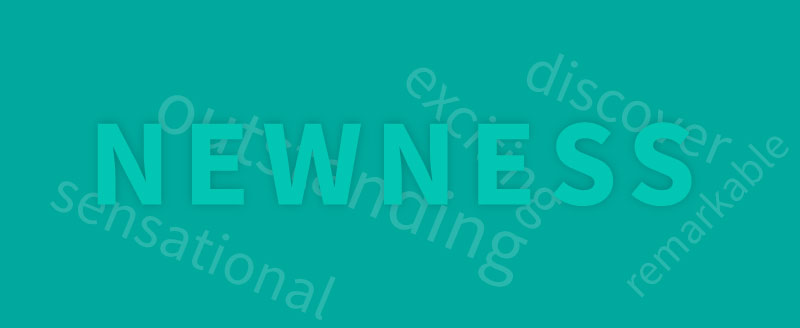
Discussing newness is powerful when your audience feels overwhelmed with how they currently solve their problem, or perhaps underwhelmed by how poorly their current approach is working to solve their problem.
People often associate “new” with “better” and “refreshing.”
Take a look at how Intercom uses “newness” on their site to show how they have innovated on solving a nasty problem many businesses face and how delightful the “new way of doing this” is.
Though they don’t directly say this in their copy, their use of visual storytelling gets the message across loud and clear.
#3 – Exclusivity
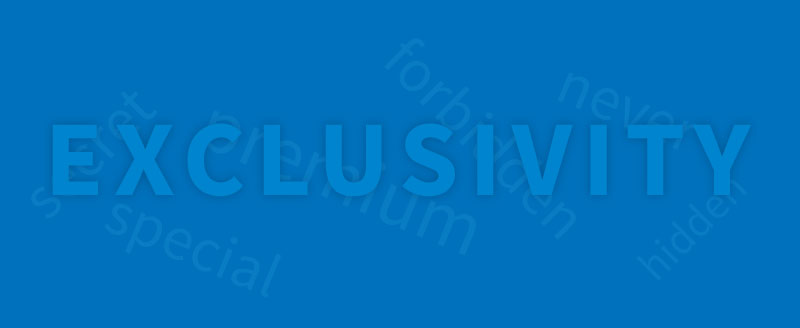
Having access to something that not everyone gets creates a sense of power and control.
Use exclusivity to get your audience imagining they have access to a “secret weapon” in your product that will help them get the edge over their competition or finally get the treatment and service they deserve.
Exclusivity is a powerful emotion when targeting high-end clients or with membership sites.
Take a look at this copy from Archangel Masters. This copy is almost the first text you see on the page (after a brief one-line description of what it is). They go immediately for exclusivity with a hint of “caring,” stating that the group is only for very high-caliber people who want to make a big impact on the world.
#4 – Greed
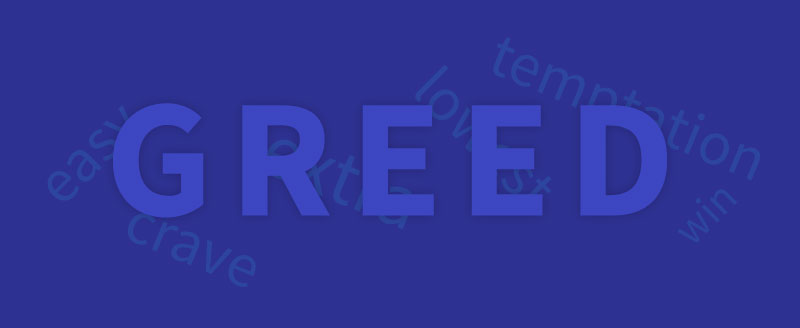
This can mean anything from “making more” to “costing less,” depending on your approach.
Greed has a negative connotation to it, but it can also be associated with ambition, or with conserving resources other than money as well.
Use greed to connect the benefits of your copy with having extra money/time/energy to spend so they can invest it in more of what they want.
A good example of this is this ad from Athletic Greens, which poses a question: Are you staying productive?
These few lines touch on greed in many ways:
- At the highest level, it’s talking about your productivity and energy. Is your energy slipping away?
- That question has bigger implications. If you’re not as productive, are you missing out on money, growth, and opportunity as a result?
This question creates a mix of fear and opportunity in the reader. They’re fearful their youthful zest may be slipping away, but there’s also an opportunity to get it back!
#5 – Reassure

Your audience needs to trust you (and themselves) to get the results you’re promising in your benefits.
Use reassurance to counter common objections that people may have towards purchasing a product or working with you.
Reassurance pairs well with testimonials and social proof.
A good example of this is a testimonial from Eben Pagan on the Lift Media homepage.
This testimonial reassures in several ways:
- Eben states how long he’s been working with Lift Media (Phil) and demonstrates that this is a very long-standing and secure relationship.
- He mentions “all of our 7-figure launches,” showing the caliber of work that Lift Media is being trusted with.
- Finally, Eben himself as a known marketing thought leader provides additional reassurance. If Eben trusts him… so can you.
#6 – Urgency

Good urgency can break habits and open people to trying new things.
Use urgency to get the readers who are currently “sitting on the fence” to take action now.
Take a look at how Social Media With Soul creates a sense of urgency in just three words: “Two spots left!”
This points out that the course is in high demand and in limited supply. This is a great way to fill the last few openings in a community, webinar or workshop you’re hosting.
A word of warning, though: urgency is a powerful emotion that drives action, but you want to make sure you’re always creating true urgency. If your sense of urgency comes across as a deceptive tactic, you’ll lose the trust of your audience forever.
#7 – Pain

Use pain to remind your audience what’s at stake and to remind them the pain and dissatisfactions of their current problem.
Take a look at this promotional video for the Stage Execution Workshop by Advance Your Reach.
The first half of the video drills down on the pain many entrepreneurs feel growing their business – short on time, too much to do, being spread too thin.
Even before the narrator starts speaking, words flash across the screen of the many tasks and systems every business needs to master and balance to succeed.
This focus on pain through the first half sets up the workshop as the perfect solution to the overwhelm. It’s one simple system to grow your business, plus it’s a workshop where things actually get done – it’s not going to be yet another event where you come home with a thousand ideas and never apply any of them.
These are great examples of the power of emotional copywriting in action. With the help of your Wheel of Copy, you’ll do even better. Guaranteed!
5 Tips To Weave Emotions And Storytelling In Your Copy
Emotions are powerful tools for copywriters, but like any powerful tool they must be channeled and used properly.
You don’t want to end up like Anakin Skywalker, abusing the force and ending up trapped in some creepy black hockey mask for the rest of his life. Maybe you still think that would be cool… but you won’t turn into Darth Vader if you abuse the power of emotion in your copywriting.
It will probably turn out more like this:
So how do we channel emotions properly? The key is to use storytelling.
Stories give us the space to experience and process emotions and information easily and quickly. They put it all into a context that’s easy to understand.
Here’re five proven strategies to tell better stories in your copywriting
1 – Make Your Reader The Hero
A big mistake many marketers make is positioning themselves as a hero in their stories. This usually leads to stories that share information that nobody cares about and are quickly forgotten.
Your audience should be the hero in your stories. The purpose of a hero is to give your viewers a perspective in the story you create. They will see the world through your hero’s eyes and feel their emotions. Through your hero, you can guide your viewers through your story and prompt the emotions and ideas that you want them to associate with your brand.
So where does that leave you? You’re the guide on their journey to get what they really want. You’re Gandalf, Yoda, or Haymitch. Set your hero on the right path and give them the tool they need to complete their own hero’s journey.
An example of making your customer “the hero” is this video from Ontraport.
This is a story about one of their customers, James Schramko of Superfast Business. It would be hard to tell that this video was made by Ontraport if it was not in the title.
The focus is entirely on James and his story of leaving his work, starting a business, and how it’s transformed his life.
The video allows us to fully experience James’ story and the emotions of his transformation without trying to draw attention to them and their software.
But in the long run, the viewer will start to associate the feeling of James’ story of success with Ontraport.
2 – Keep It Minimal
You should know the core message that you want to communicate in your copy and storytelling. Cut anything out of your copy that does not clearly align with this message. Every deviation forces us to process extra information and takes extra sips from our daily “coffee of smartness” that I described earlier.
That may mean cutting details, which could feel like you’re destroying your story, but it’s setting you free to focus on what’s truly valuable about the story you’re telling.
For more on minimal storytelling check out – Master the power of Storytelling in your Ads
A good exercise to get down to the bare bones of your story is to try and make it as small and simple as possible. Think about what idea you want your audience to come away with, and then see how you can arrive at that idea in as few words as you can.
Then do it again and cut your word count in half.
Take a look at the magic that can happen when you distill your message down into a minimal message. Above the fold of the Priority Experts home page is one crystal-clear message that says exactly how they help people. It’s easy to know what they do and determine if it can help you.
3 – Take Your Audience Into The Moment With You
Often when we tell stories, we describe them in the past tense. This dilutes the impact of the emotions in your copy.
Describe the sensations, thoughts, and ideas as if you were experiencing them for the first time in that moment. Instead of directly talking about how you felt or what happened, give little details that help us experience the story with you. It only takes a small detail to immerse your audience in a moment.
“The beeping of the machine in the hospital room”
“A trace of lilac perfume as she sat down”
“Broken glass crunching on the floor”
This transforms your copy from a listing of facts or benefits into an experience that your audience shares with you as you tell it.
Just like you want to involve as many senses as possible in the details you share in your stories, you also want to leverage different senses in your storytelling. One of the easiest ways for copywriters and marketers to do this online is through visuals or video.
Use visual storytelling to create images and visuals that enhance your story and get your message across faster. A good picture really is worth a thousand words, especially with copywriting, where you may not have a thousand words of space work with.
Take a look at how this video from Backcountry uses all the senses by combining dozens of little moments, both miserable and sublime.
But the line that cuts through everything else (for better or worse) is:
“Does your heart still stop at the memory of that icy bath? The smell of your partner two weeks past her last shower?”
For most, that’s probably a question that would make you want to gag. But for the outdoor enthusiast Backcountry is targeting, this creates an experience for them that they can relate to or maybe aspire to in a unique and personal way.
Think of how you can tell stories and ask questions to conjure images and emotions in the minds of your audience.
4 – Understand The Conflict In Your Audience
Conflict makes stories interesting. The tension immediately grabs the attention and curiosity of your audience. They become invested in your story right away because of all the questions that pop up – how did they get into this situation? As soon as the conflict resolves, we lose interest and move on to other thoughts.
Conflict also heightens our emotions, especially when it’s a conflict that is highly relatable to the audience.
The best copywriters and storytellers understand their audience and the conflicts in their current lives. Identify their deep desires and look for what’s currently keeping them from achieving it. That’s where you can find conflict and inspiration for your stories.
For more on turning the conflicts your audience faces into a powerful lead generation tool for you, check out: Winning Strategies To Grow Your List With Lead Magnets
Take a look at how this video from Bench sets up a narrative of a young entrepreneur and the conflict he faces. He opens by describing the long hours, sleepless nights, and the risks that he faces. While he’s describing this, he looks down at his phone to send out 1 last email.
Entrepreneurs: they say we're the only people who will work 80 hours a week to avoid working 40.
Posted by Bench Accounting on Thursday, May 26, 2016
You can see at the end of the video that the hero finds all these difficulties and conflicts worthwhile. With them comes his ability to choose – to choose what to work on, when to work, and how to live his life. At the end of the day, he is in control.
5 – Don’t Reinvent The Wheel – Use Story Frameworks
There’s a certain dull pain we feel when staring at a blank page and hoping for inspiration to arrive. You’ll burn through your own supply of “smart coffee” quickly if you stay here too long. But you don’t need to suffer like this.
All the best stories follow very predictable and common frameworks. These frameworks help ensure your story is engaging and easy for your audience to process. Better yet, they help you break through writer’s block by giving you a path to follow.
Here are some frameworks that make storytelling easier:
The Hero’s Journey – This framework is the foundation of all storytelling. All of your favorite movies, novels, and TV shows follow this framework. As soon as you understand it, you’ll see it everywhere.
Check out this video to understand how the Hero’s Journey unfolds in your ad copy:
Here’s an example of how this journey can play out in your ad copy.
Take a look at the About Page of Self-Publishing School, where Chandler Bolt shares his own hero’s journey from a C-minus English student to bestselling author.
Here’s a few other useful storytelling frameworks for copywriting:
The Buyer’s Journey – This maps out the mindset of your audience in their process of becoming aware of a problem and taking action to solve it. It’s essential to answer the questions in the Buyer’s Journey to move your audience to action.
The Story Grid Framework — Created by Shawn Coyne, The Story Grid Framework provides a systematic method to figure out if you are telling a story that works. Shawn’s quantitative approach focuses on the 6 core questions all good editors ask.
The Crossroads Formula – The Crossroads Formula is a framework that combines the classic storytelling elements of the Hero’s Journey with the essentials of the Buyer’s Journey to create a story that both engages your audience and answers their key questions about becoming a customer. This powerful framework makes it easier to organize your stories in a way that gets results.
Conclusion
People aren’t rational. No amount of “facts” or “information” is going to inspire action on its own. It’s emotions that drive decisions and action.
Just trying to appeal to emotions at random is not good enough either. You need to channel those emotions into a coherent and clear message. This is why storytelling is essential. Stories allow us to process information easily and experience emotions directly.
Kyle Gray is an entrepreneur and bestselling author who helps startups and small businesses grow with storytelling and content marketing. He has helped hundreds of startups and small businesses create scalable content marketing strategies. His book The Story Engine outlines his process for making content marketing and brand storytelling easy and effective.
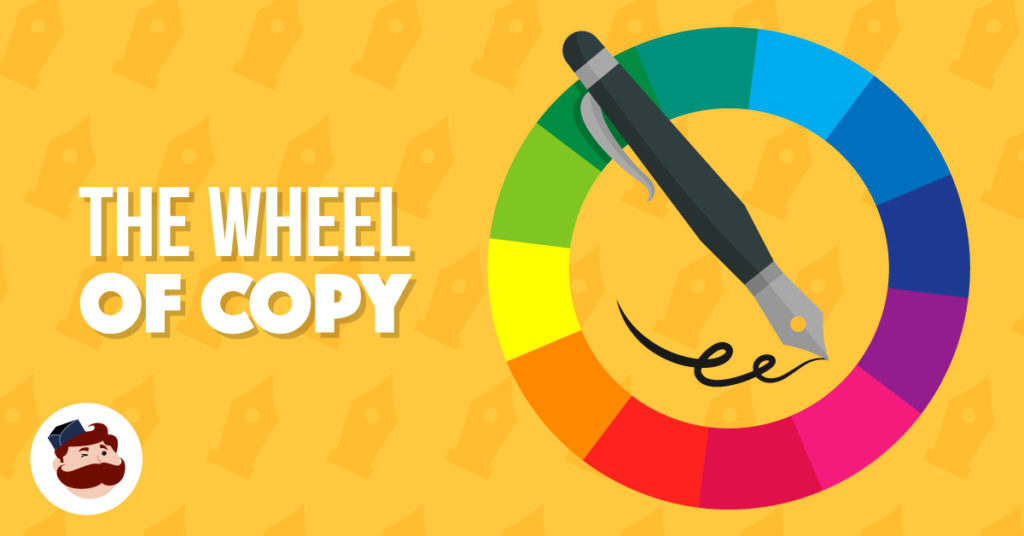
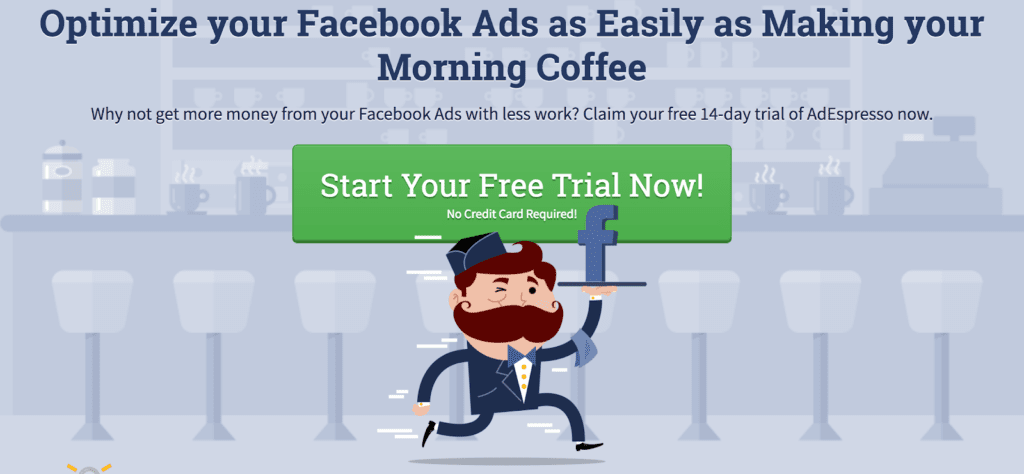

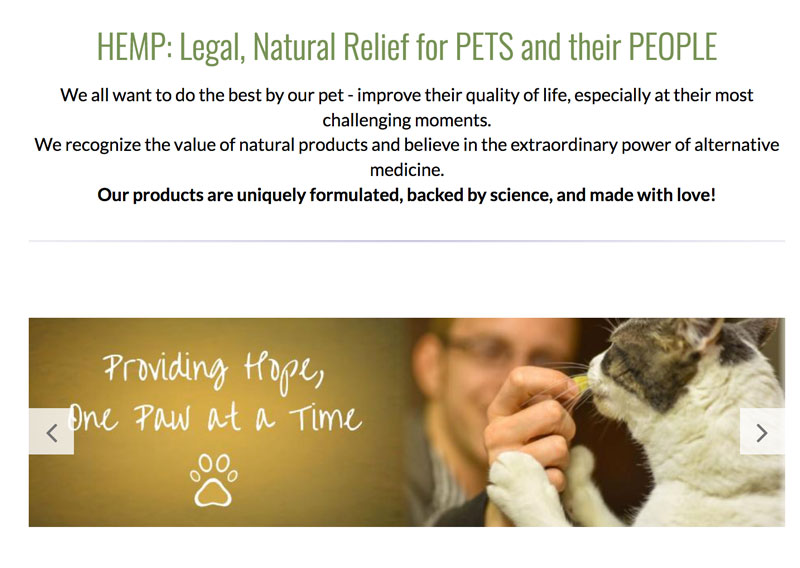

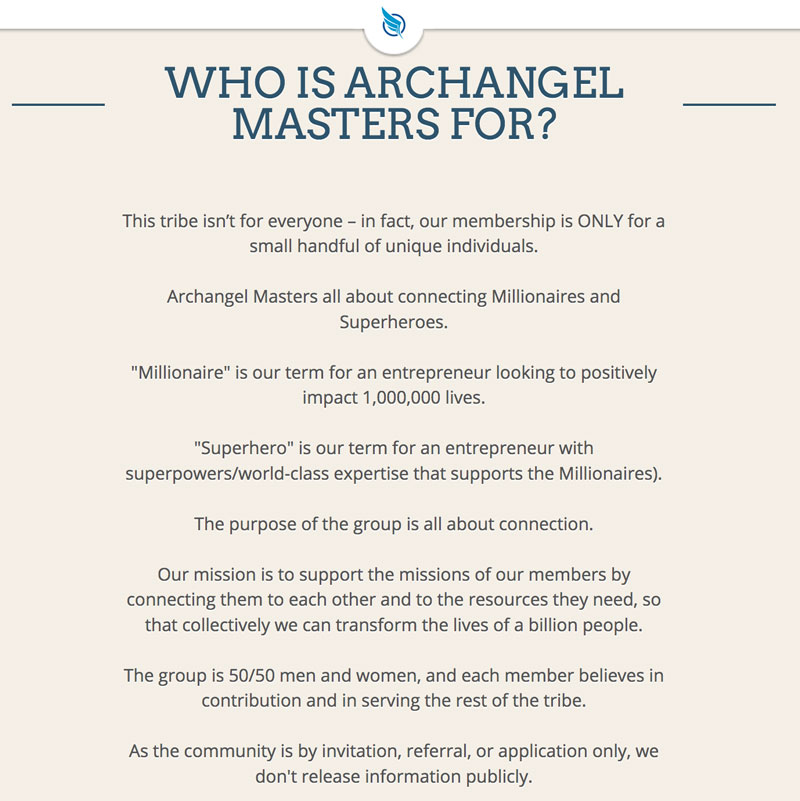

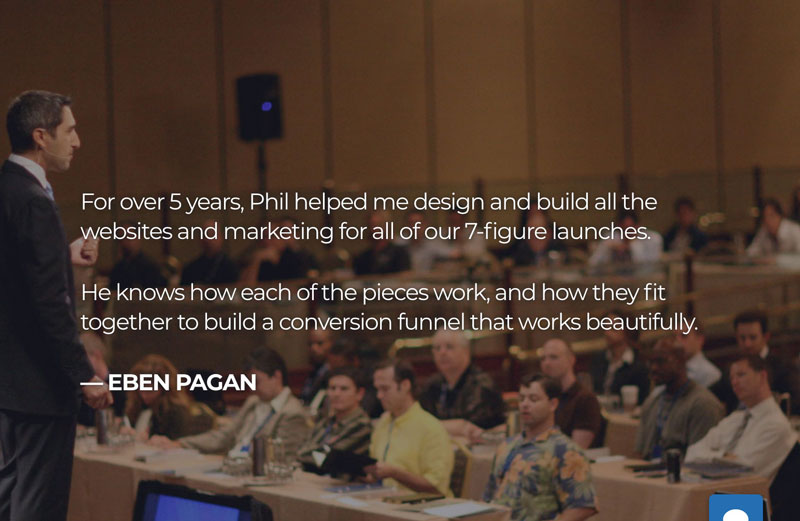
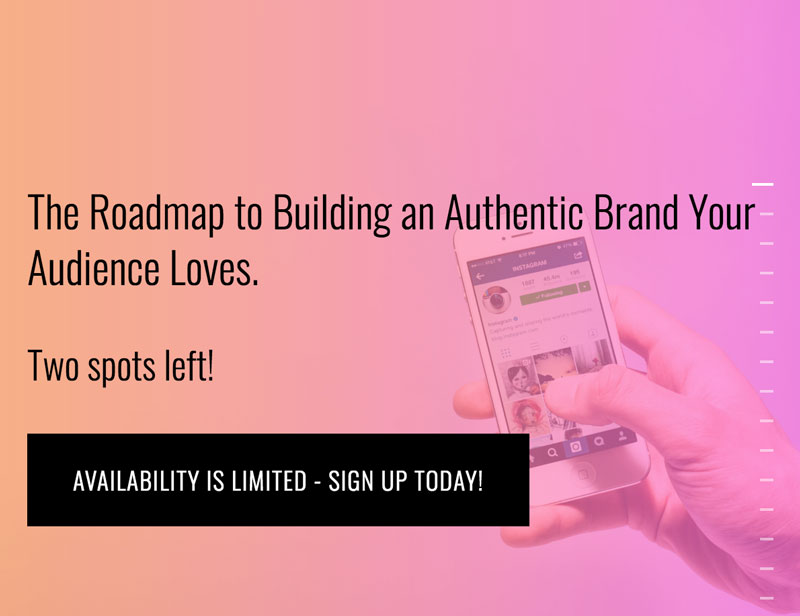
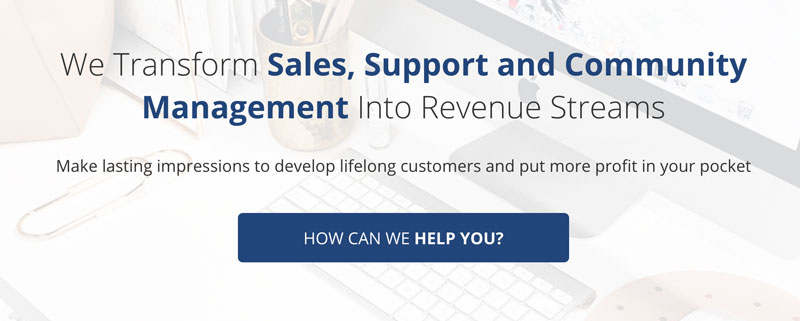
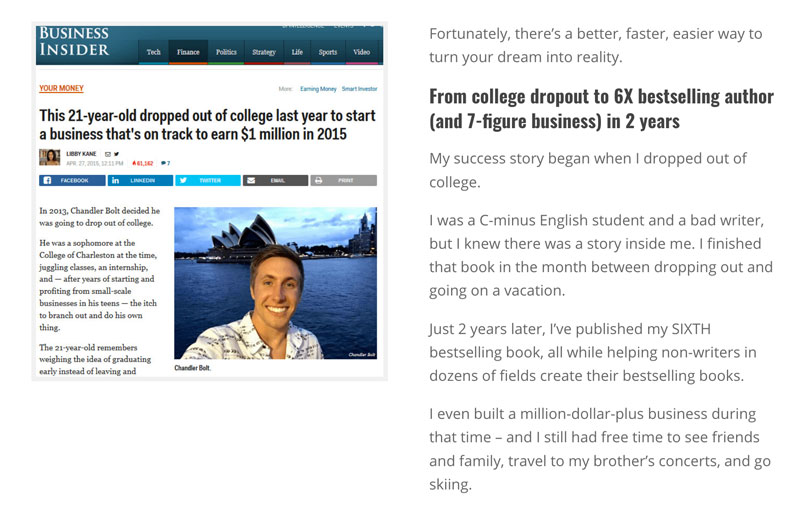

I really like this article very nice, must share
very great article about copywriting. You have explained certain elements like caring, exclusivity, freshness very nicely. I think those are really an important aspect of copywriting.